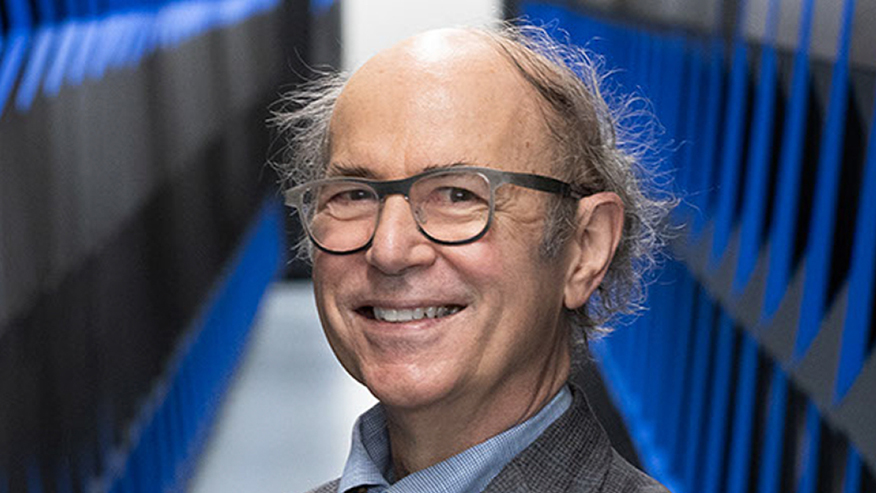
In the quiet town of Campagna, Italy—where medieval frescoes line the walls of a 16th-century convent turned town hall—physicists gathered to reflect on a century of quantum mechanics and the puzzles that remain. Amid the debates and presentations, one moment stood out. Two physicists, locked in a technical disagreement, were interrupted by a soft-spoken voice: “I’ve got a slide that might help. Can I put it up?” It was Frank Wilczek.
The slide clarified the issue instantly. It wasn’t just the content—it was the clarity, the precision, and the breadth of understanding behind it. Wilczek, now 74, has long been known for this quiet authority. His career spans some of the most important developments in theoretical physics, and his curiosity continues to lead him into new territory.
A Legacy of First Principles
Wilczek’s first major contribution came at age 21, when he helped solve a longstanding mystery in particle physics: how the strong nuclear force behaves inside atomic nuclei. His insight, called asymptotic freedom, revealed that the force between quarks grows weaker as they come closer together and stronger as they move apart. This counterintuitive idea became a cornerstone of quantum chromodynamics (QCD), itself a pillar of the Standard Model of particle physics.
He later received the 2004 Nobel Prize in Physics for this work, shared with David Gross and David Politzer. But Wilczek is candid about the early days. “Asymptotic freedom is a bad name for a good idea,” he admits. “We didn’t wrap up the package and establish our ownership in the way we should have.”
That lesson stuck. When he later predicted a new particle—one that could help explain dark matter—he was ready with a name. Inspired by a detergent he saw on a shopping trip with his mother, he called it the axion. “It just sounded like a particle,” he said. Today, axions remain one of the leading candidates in the search for dark matter.
Beyond the Known
Wilczek’s work doesn’t follow trends. He moves from one frontier to another, often before others realize there’s something there to explore. He predicted anyons, particles that exist in two-dimensional systems and are now central to quantum computing. He proposed time crystals, a new phase of matter that changes over time without consuming energy—once thought impossible.
Now, his attention is turning toward gravitational waves and artificial intelligence. These may seem like unrelated fields, but for Wilczek, they are part of the same pursuit: uncovering deeper layers of reality.
“The way the world works is a boundless, continuing joy and a revelation to me,” he says. “The deeper I look, the more I feel rewarded, the more I see new things to investigate, but also new things to just appreciate.”
A Mind Still in Motion
Wilczek is currently a professor at MIT, but his influence extends far beyond academia. His ability to bridge disciplines—physics, philosophy, computation—makes him one of the few thinkers who can speak meaningfully about the nature of reality itself.
At the Campagna conference, his presence was understated but unmistakable. While others debated, Wilczek listened. When he spoke, it was to clarify, not to dominate. That balance of humility and insight is rare, and it’s what makes his contributions so enduring.
As quantum mechanics enters its second century, Wilczek remains a vital part of its evolution—not just as a scientist, but as a thinker who sees beauty in complexity and meaning in structure. His work reminds us that the search for truth is not just about solving equations. It’s about asking better questions.